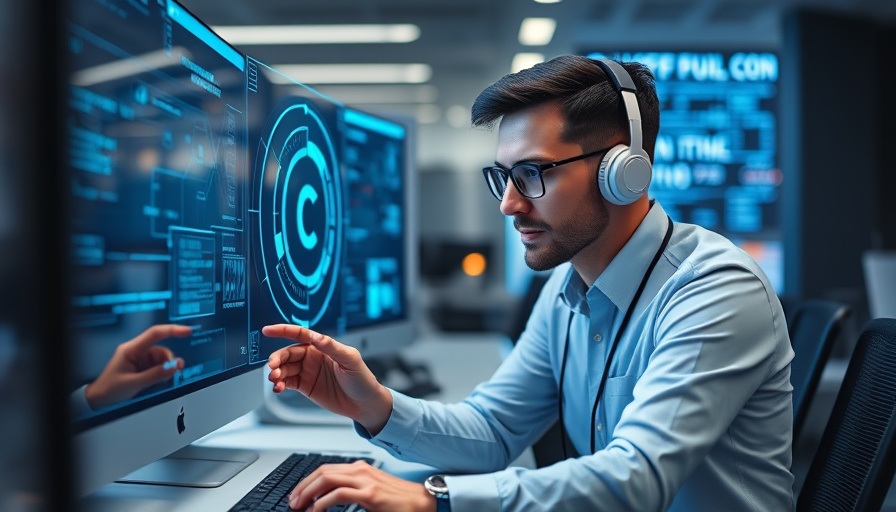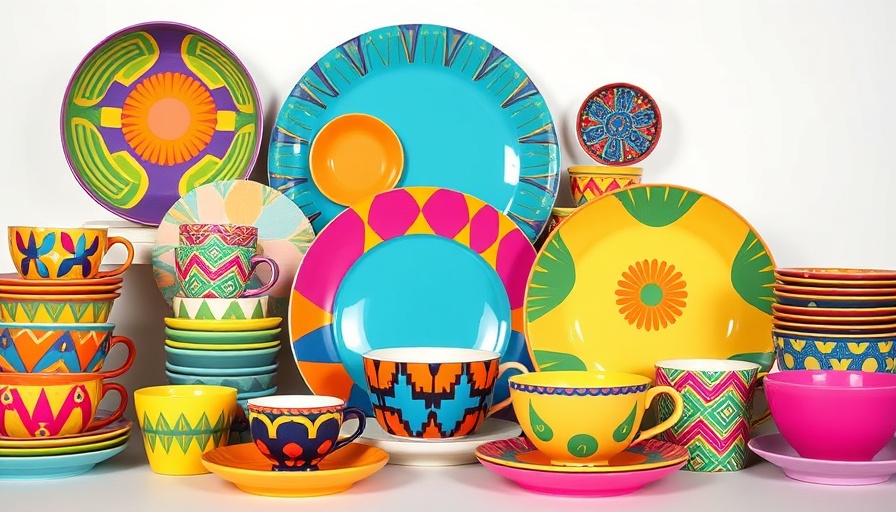
Unleashing the Power of GPT-5: Transforming Creative AI Tools
This week, the release of GPT-5 has stirred excitement within the tech community and beyond. With its arrival, many users are eager to understand how they can harness this advanced AI model, especially for creativity-driven tasks. Let's break down the innovative applications people can explore using GPT-5 and other notable AI advancements.
In 'What You Should Use GPT-5 For & More AI Use Cases', the discussion dives into the practical applications of GPT-5, sparking insights into its revolutionary impact on the creative industries.
Exploring AI Creativity in Art and Music
AI creativity is more than just a buzzword; it represents a significant leap in how technology can enhance artistic expression. The latest iterations of GPT-5 demonstrate remarkable capabilities in generating not only text but also music and visual art. For example, AI music generation tools are evolving rapidly, producing high-quality compositions that rival traditional production methods. Users are now able to create unique tracks in seconds, making music more accessible to aspiring musicians.
AI in Design and Video Production: A Game Changer
As mentioned, tools like Runway are essentially 'Photoshop for video', allowing creators to manipulate and enhance video content effortlessly with just a few prompts. These advancements in AI video production are breaking barriers, enabling content creators to achieve professional results without requiring extensive technical skills. The ability to add elements like rain or fire effects instantly changes the production landscape, providing everyone—from freelance creators to large studios—a new toolkit for innovation.
The Role of AI in Storytelling and Graphic Arts
AI storytelling is taking center stage as various platforms enable the generation of entire storybooks with accompanying illustrations. Imagine creating personalized children’s stories complete with visuals that captivate young readers—all derived from simple prompts! This opens up exciting possibilities for education and entertainment, making storytelling a more interactive experience.
A Collaborative Future: AI-Assisted Creative Processes
Moreover, the melding of AI tools into creative industries enhances collaboration. GPT-5's capability to understand and respect user input means that it can suggest edits, improvements, or entirely new ideas based on existing concepts. For example, when combined with platforms like Claude and Gemini, artists and developers alike can utilize these advanced AI-powered writing tools to refine their work, find creative solutions, and innovate.
Conclusion: Embracing AI's Potential in Creativity
With technological advancements rapidly shaping the landscape of creative expression, now is the perfect time to explore these creative AI technologies. As we continue to discover the possibilities, it's essential to remain open to how AI can complement human creativity, fostering an environment ripe for innovation across various creative industries.
 Add Row
Add Row  Add
Add 




Write A Comment